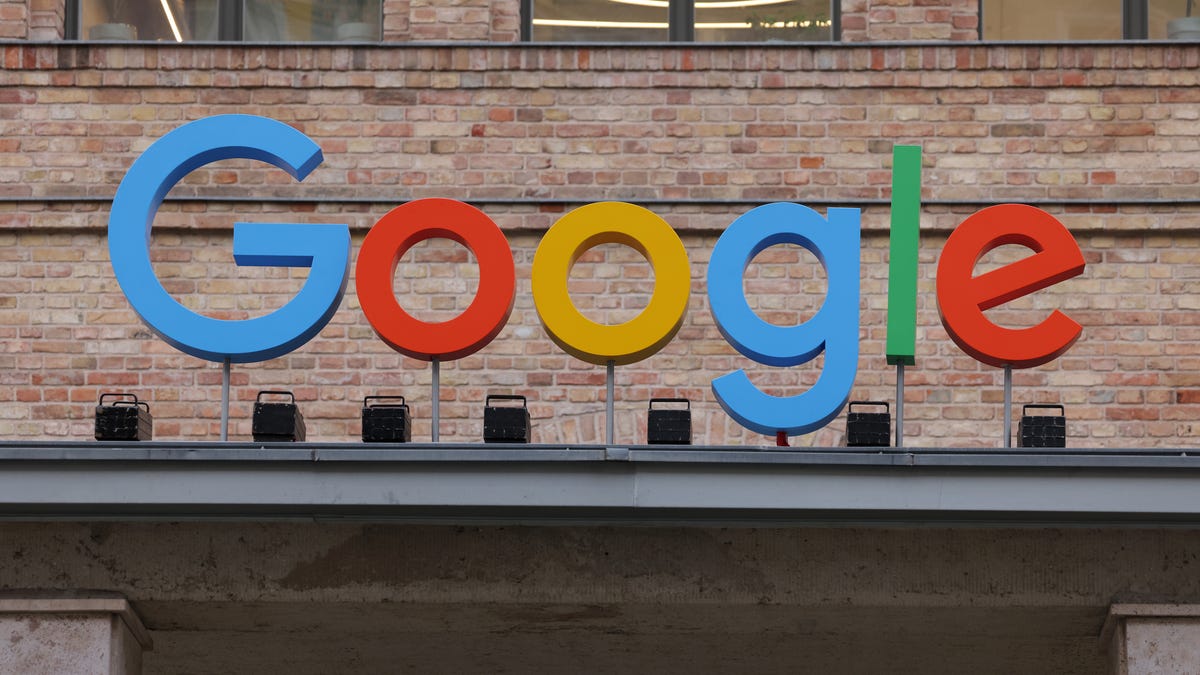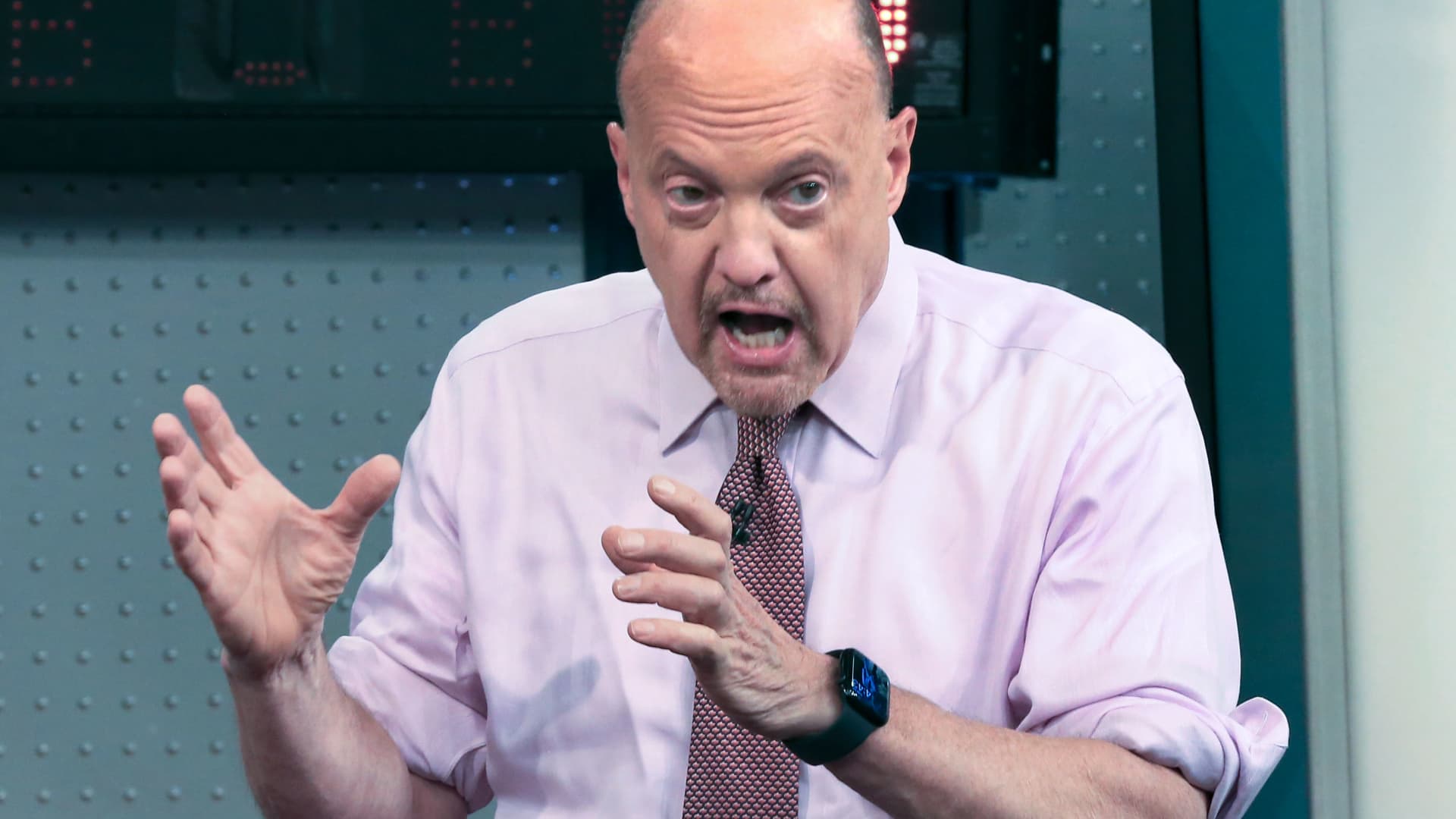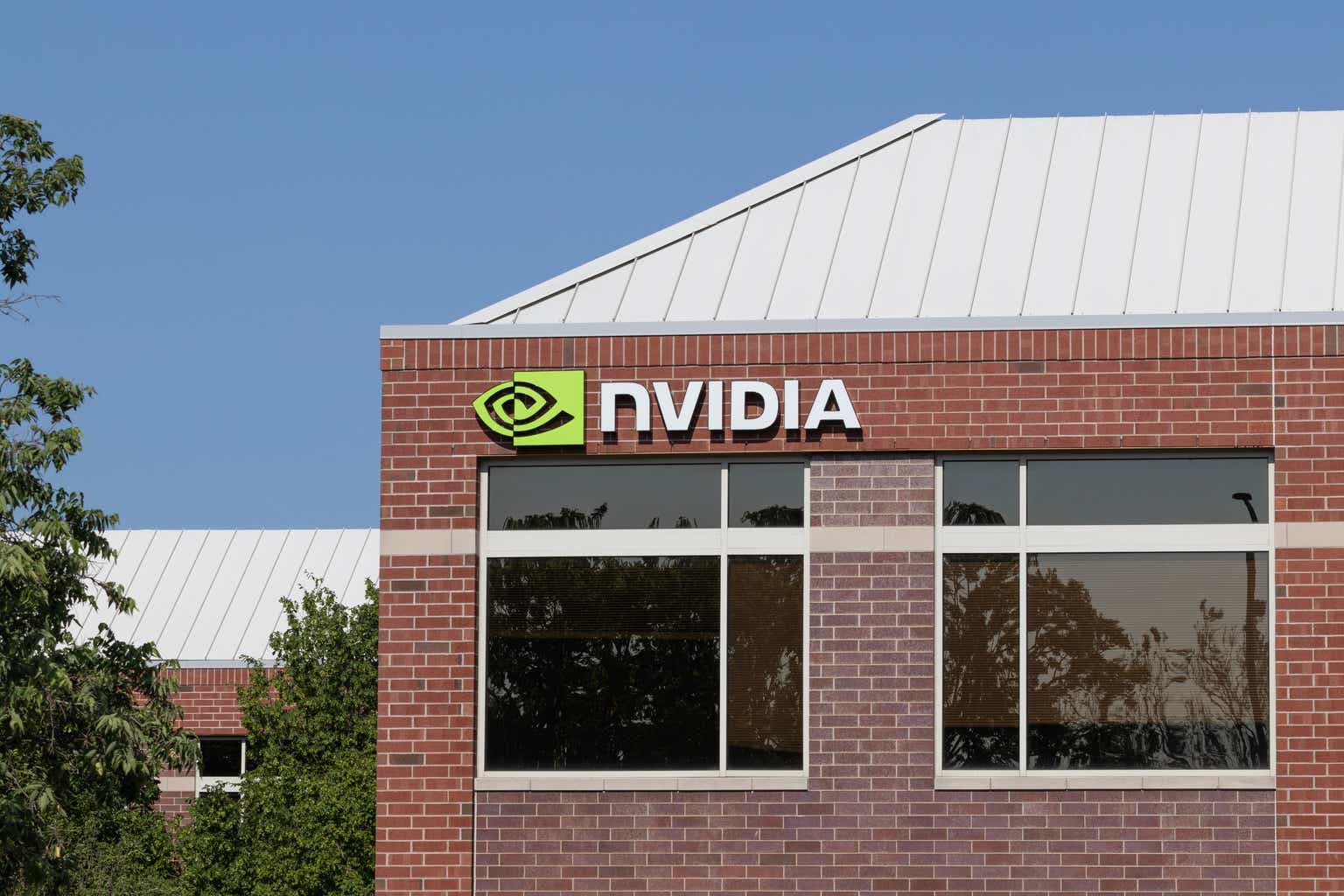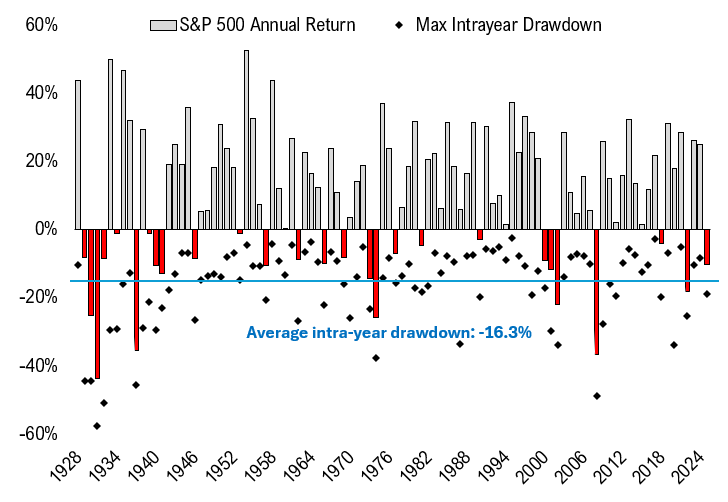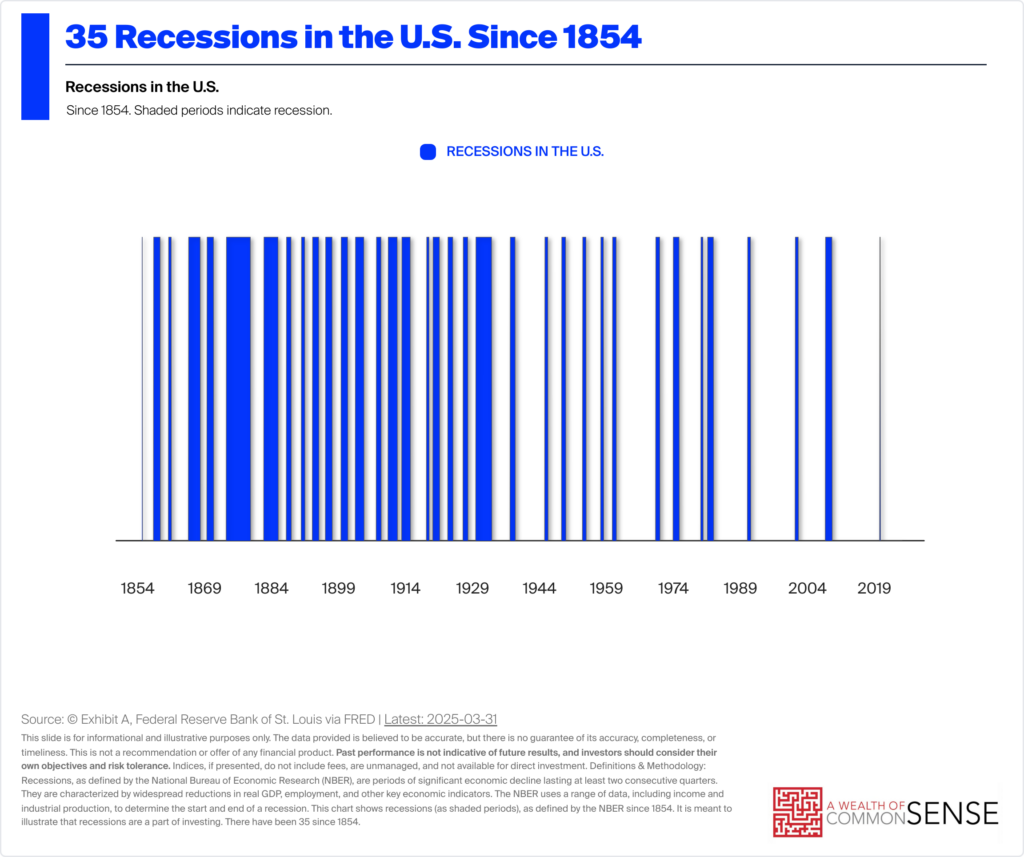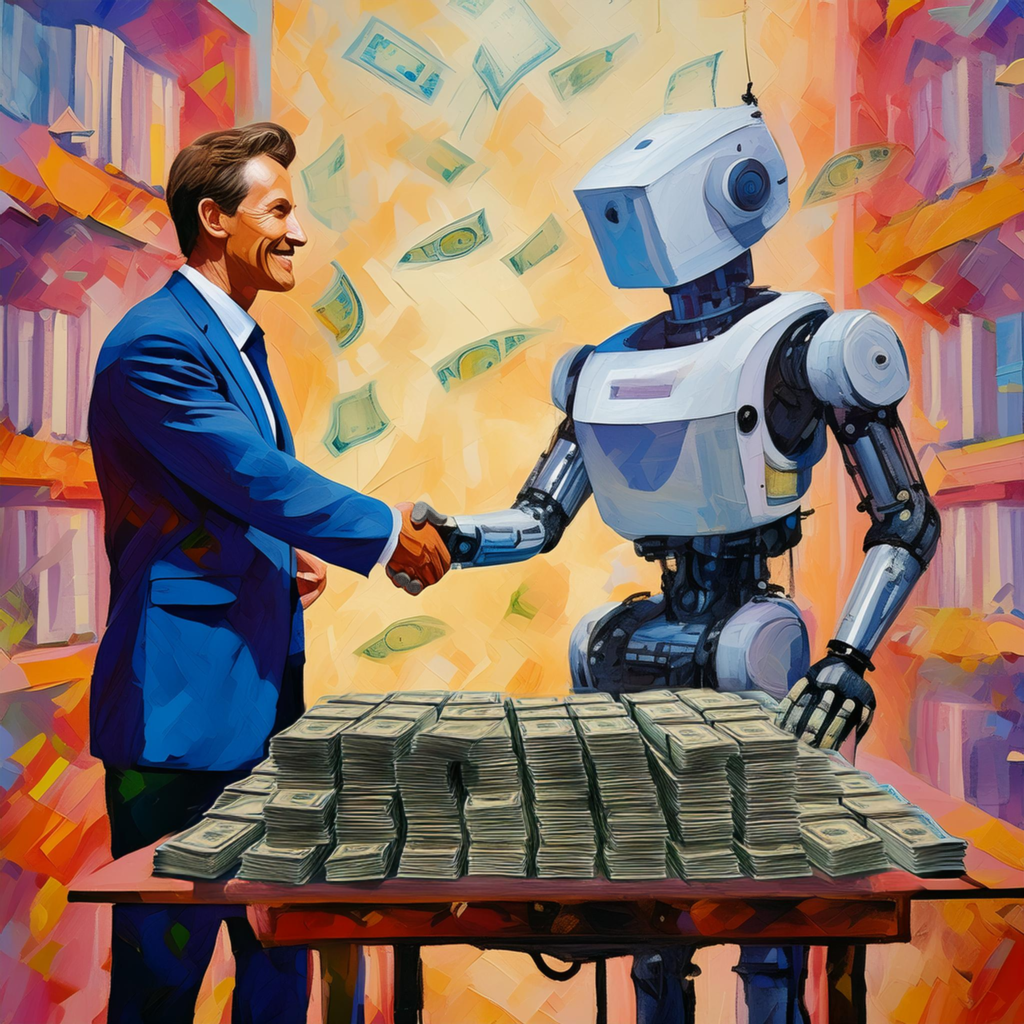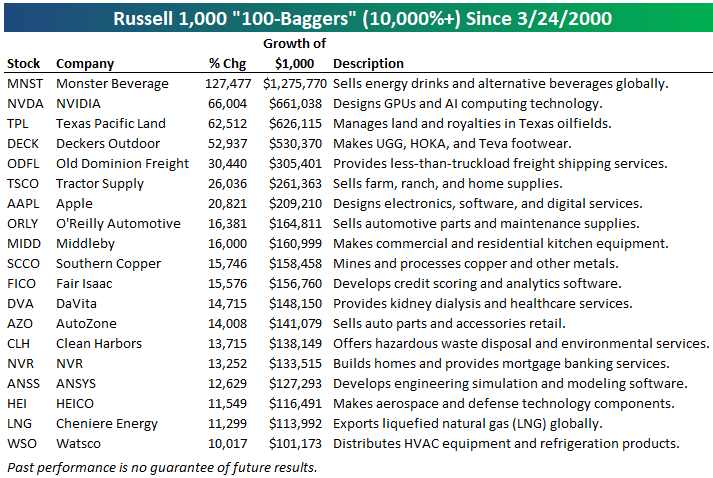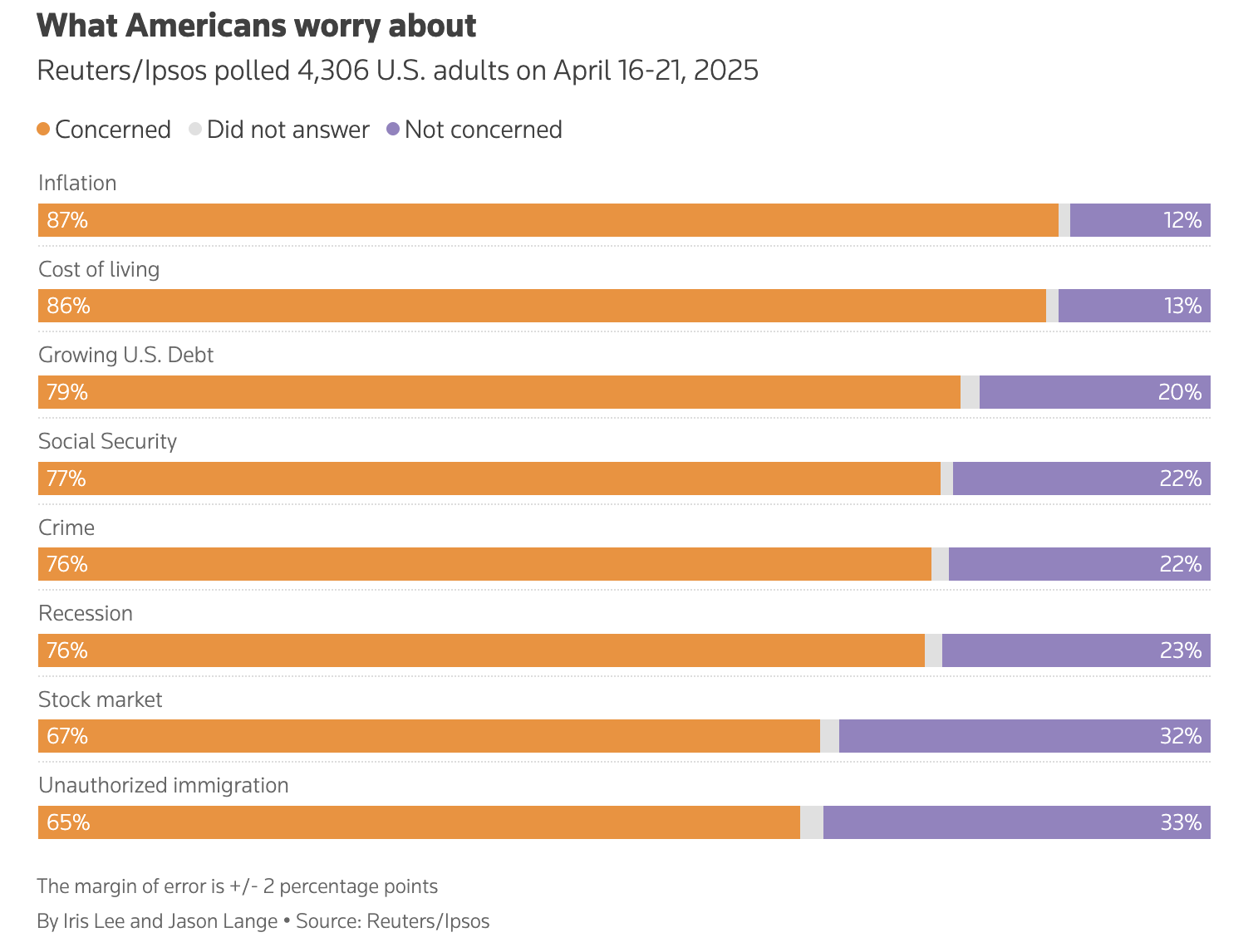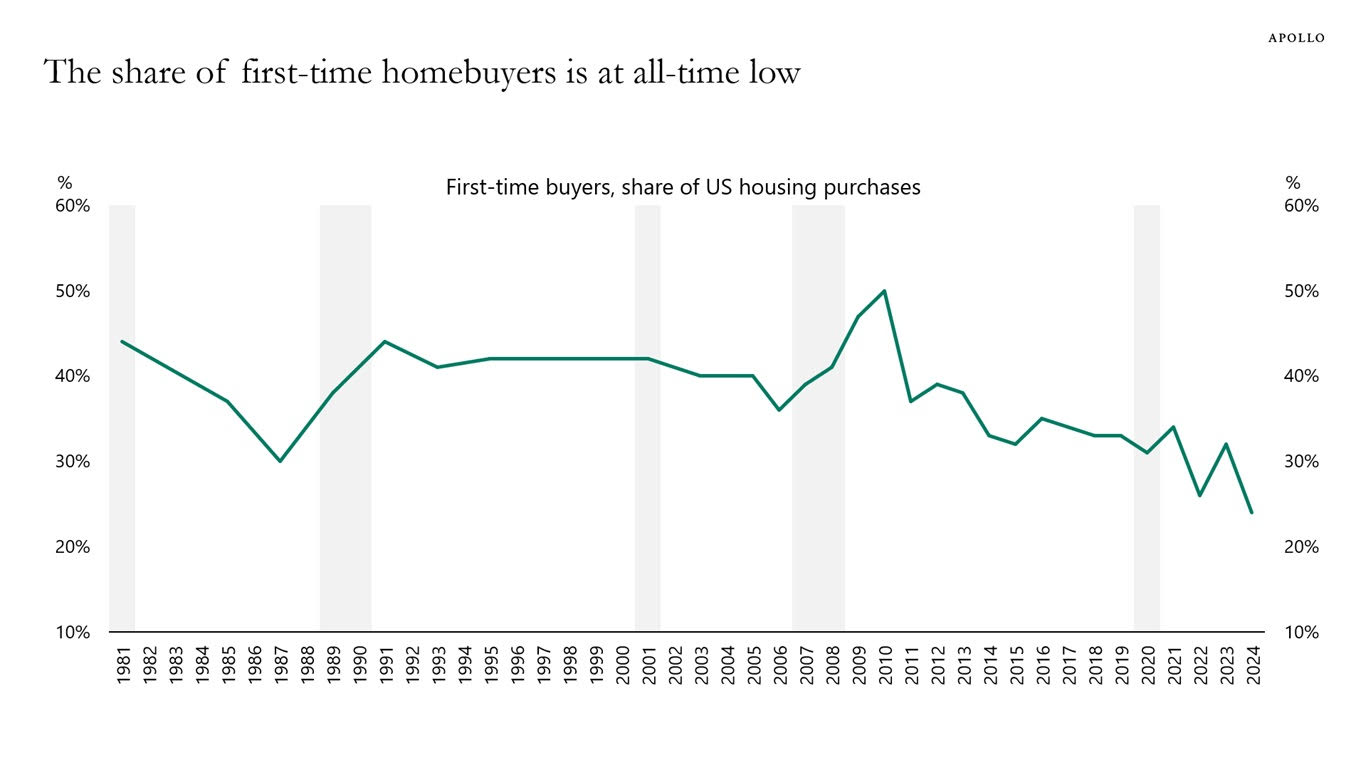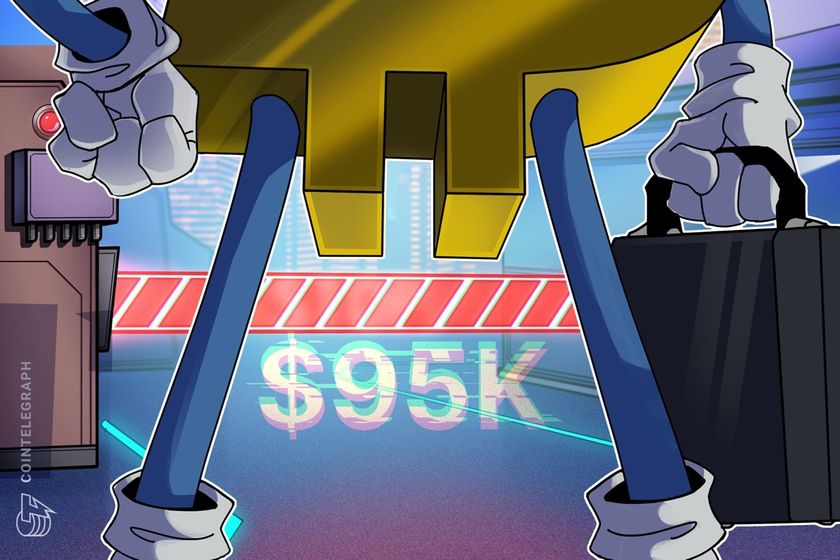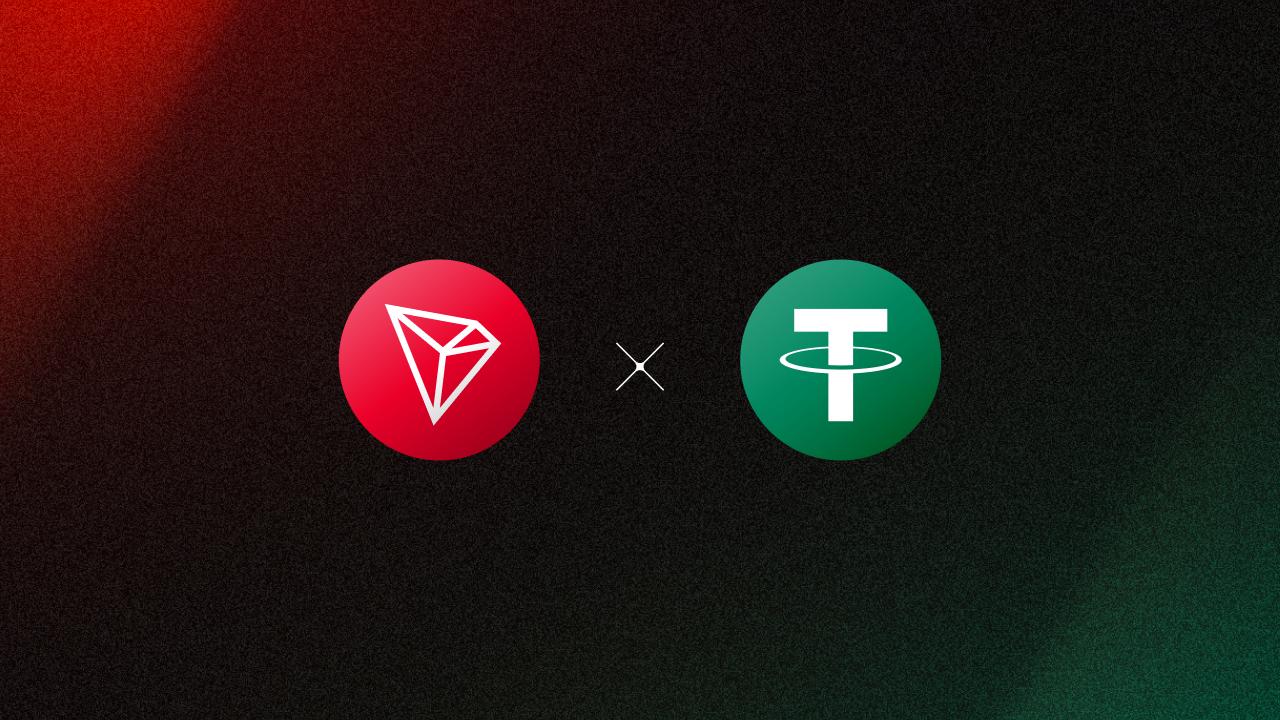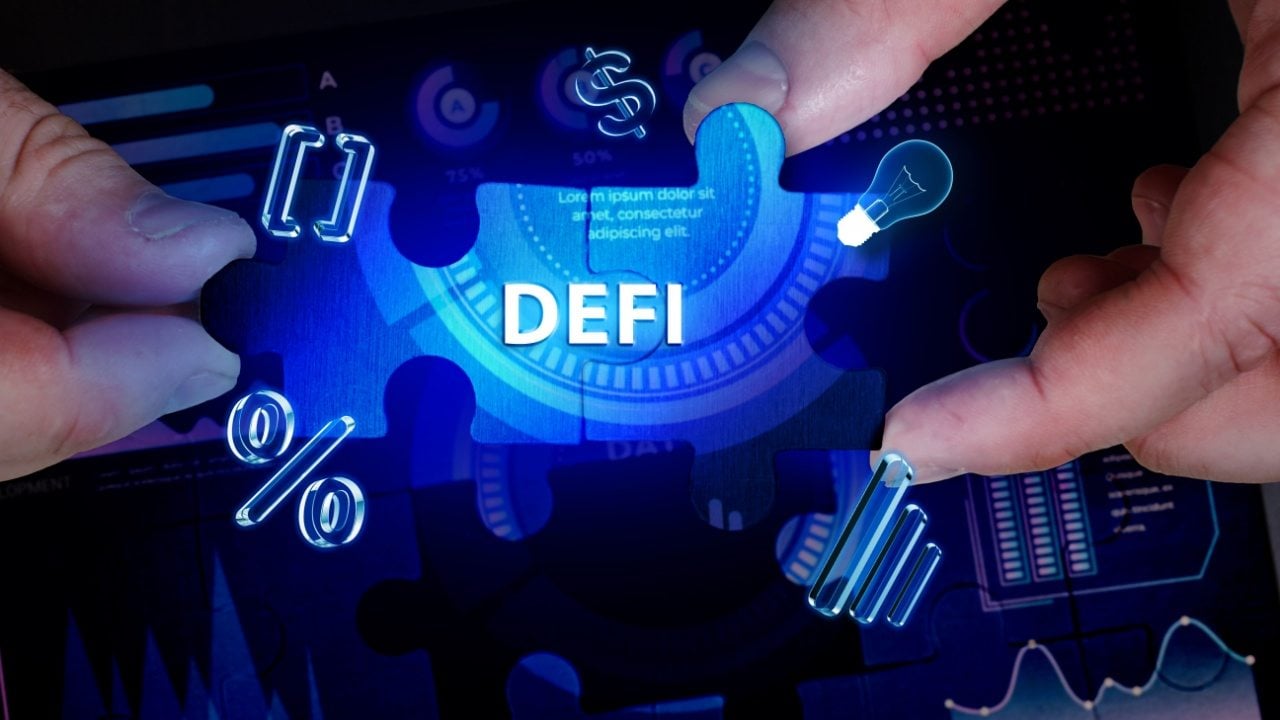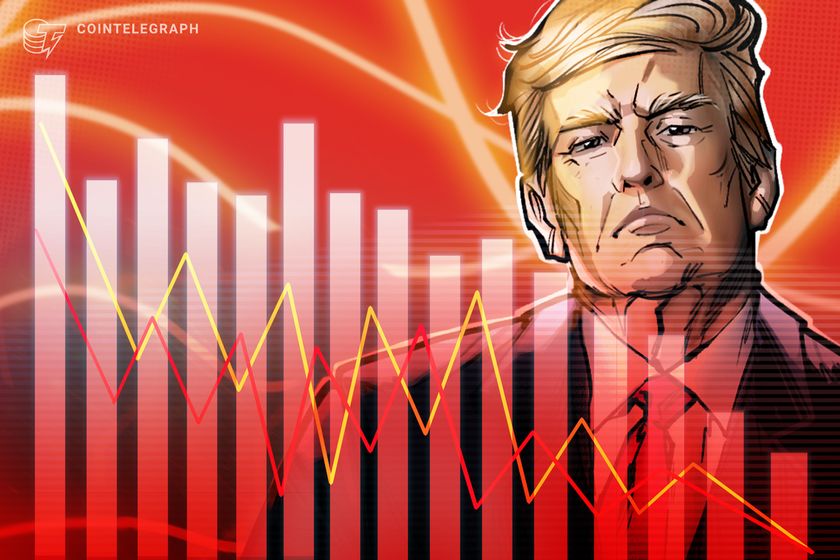Microsoft Just Showed the Future of AI, and It's Great News for Intel and AMD
The most powerful generative AI models from the likes of OpenAI, Alphabet, and Anthropic require costly and power-hungry AI accelerators stuffed into data centers to produce results. OpenAI's recent GPT-4.5 model, for example, was rolled out in phases to users because it required an immense amount of computational resources.AI models from Chinese start-up DeepSeek released earlier this year turned some assumptions about the AI infrastructure market on their heads. DeepSeek managed to produce a model that was far cheaper to train and run, while producing results of similar quality, compared to top-tier models from U.S. AI companies. The assumption that AI models would require ever-increasing quantities of computational horsepower, the foundation of the bull case for Nvidia stock, started to look a lot less like a sure thing.AI features have started to show up on PCs, smartphones, and other devices, but AI models small enough to run on those devices just aren't that capable. Tom's Hardware called Microsoft's Copilot+ PC AI features "a bad joke" when they first launched last year, and The New York Times concluded that Apple Intelligence, Apple's suite of AI-powered features, was "still half-baked" in October.Continue reading

The most powerful generative AI models from the likes of OpenAI, Alphabet, and Anthropic require costly and power-hungry AI accelerators stuffed into data centers to produce results. OpenAI's recent GPT-4.5 model, for example, was rolled out in phases to users because it required an immense amount of computational resources.
AI models from Chinese start-up DeepSeek released earlier this year turned some assumptions about the AI infrastructure market on their heads. DeepSeek managed to produce a model that was far cheaper to train and run, while producing results of similar quality, compared to top-tier models from U.S. AI companies. The assumption that AI models would require ever-increasing quantities of computational horsepower, the foundation of the bull case for Nvidia stock, started to look a lot less like a sure thing.
AI features have started to show up on PCs, smartphones, and other devices, but AI models small enough to run on those devices just aren't that capable. Tom's Hardware called Microsoft's Copilot+ PC AI features "a bad joke" when they first launched last year, and The New York Times concluded that Apple Intelligence, Apple's suite of AI-powered features, was "still half-baked" in October.






















